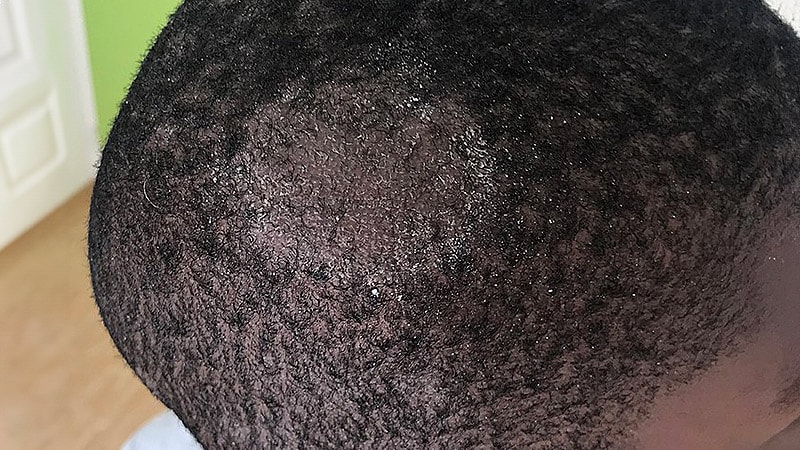Variability in Tinea Capitis Management Among US Pediatric Dermatologists
Core Concepts
Tinea capitis management among US pediatric dermatologists varies, highlighting the need for evidence-based guidelines.
Abstract
TOPLINE:
- Tinea capitis management varies among US-based pediatric dermatologists.
METHODOLOGY:
- Tinea capitis affects 3%-13% of children.
- No US-specific treatment guidelines exist.
- Survey distributed to 56 dermatologists.
TAKEAWAY:
- Comfort with prescribing oral medications varied by age group.
- Ketoconazole shampoo was the most common topical choice.
- Fungal culture was the most common confirmatory test.
IN PRACTICE:
- Variable management in the US, especially with newer antifungals.
SOURCE:
- Research led by Bernard Cohen, MD, published in Pediatric Dermatology.
LIMITATIONS:
- Lower response rates and predefined age groups limit granularity.
DISCLOSURES:
- Authors reported no financial disclosures.
Customize Summary
Rewrite with AI
Generate Citations
Translate Source
To Another Language
Generate MindMap
from source content
Visit Source
www.medscape.com
Tinea Capitis Management in Kids Varies, Survey Finds
Stats
Tinea capitis affects an estimated 3%-13% of children.
88.2% felt comfortable prescribing oral medications for those aged 2-18 years.
Ketoconazole shampoo was the most common topical choice.
Quotes
"The management of tinea capitis in the United States is currently variable, particularly with the introduction of newer antifungals." - Authors
Key Insights Distilled From
by Doug Brunk at www.medscape.com 02-13-2024
https://www.medscape.com/viewarticle/management-tinea-capitis-varies-among-pediatric-2024a100033w
Deeper Inquiries
How do cultural differences impact tinea capitis management globally?
Cultural differences can significantly impact tinea capitis management globally due to varying practices, beliefs, and access to healthcare. In some cultures, traditional remedies may be preferred over conventional medical treatments, leading to delays in seeking appropriate care. Additionally, cultural taboos or stigmas surrounding certain skin conditions may affect the willingness of individuals to seek treatment. Healthcare providers must be sensitive to cultural differences to ensure effective communication and treatment adherence among diverse patient populations.
What are the potential drawbacks of relying on culture results to alter oral medication choices?
While culture results can provide valuable information about the specific fungal strain causing tinea capitis, there are potential drawbacks to relying solely on these results to alter oral medication choices. One limitation is the time required to obtain culture results, which may delay initiation of treatment and prolong the duration of the infection. Additionally, culture tests are not always 100% accurate and may yield false-negative results, leading to inappropriate treatment decisions. Healthcare providers should consider clinical presentation, patient history, and response to initial therapy in conjunction with culture results to make informed treatment decisions.
How can evidence-based guidelines be effectively implemented in diverse healthcare settings?
To effectively implement evidence-based guidelines in diverse healthcare settings, several strategies can be employed. Firstly, guidelines should be developed with input from a multidisciplinary team of healthcare professionals to ensure relevance and applicability across different settings. Education and training programs can be implemented to familiarize healthcare providers with the guidelines and promote adherence to best practices. Utilizing technology, such as electronic health records and decision support tools, can facilitate guideline implementation and monitoring. Collaboration with policymakers and stakeholders can help address barriers to guideline implementation, such as resource constraints or cultural considerations. Continuous evaluation and feedback mechanisms are essential to assess the impact of guidelines and make necessary adjustments to improve patient outcomes.
0
